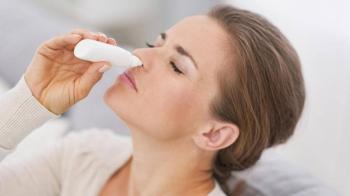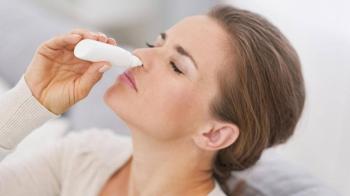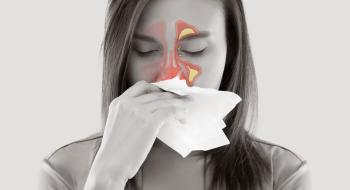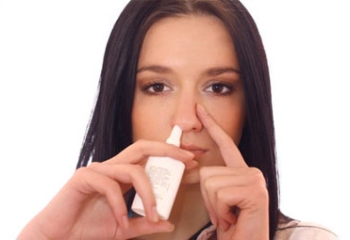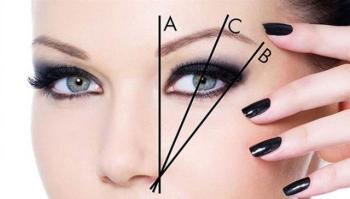-

-
Professor Esra Eryaman
Ear, Nose & Throat / Head & Neck Surgery Specialist
Nasal Obstruction
Nasal obstruction is the feeling of reduced air flow through the nostrils.The first and the most important function of the nose is the transmission of the inhaled air into the lungs by humidifying, heating and filtering it. When this function is disturbed, people have difficulty in breathing...
Snoring
Snoring is a symptom . Obstructive sleep apnea (OSA) is the consequence disease of this symptom. Obstructive sleep apnoea is defined as the cessation of breath during sleep about 10 seconds. The severity is often established using the apnoea/hypopnoea index (AHI), which is the number of apnoeas...
Is there any breathing difficulty after rhinoplasty?
Breathing problem is normal after 1 - 2 weeks after rhinoplasty due to swellings. This is not a permanent problem. To weaken the supportive cartilage tissue on the lateral sides for making a finer nose results in a collapse in alar sides of the nose. This causes a major breathing problem. Besides,...
Why ENT specialists are preferred for rhinoplasty
Nose is one of the fundamental subjects of the ENT specialists. Other than the cosmetic appearance, the patients with functional problems of the nose firstly consult the ENT specialists. Post nasal drip, breathing problems, infections…..are ENT subjects. Septal deviation and turbinate...
Is nose bleeding a problem in rhinoplasty?
Nose is rich in various capillary networks. That 's why it easily bleeds due to trauma, changes in weather, infections and systemic problems like hypertension and hematologic diseases. In case of a stuffy nose, we do rhinoseptoplasty surgery where we operate on the septum and the inferior...
The operations that can be combined with rhinoplasty; rhinoplasty and turbinoplasty
Inferior turbinates….They are placed in lateral sides of nasal cavities. We shouldn’t confuse them with the adenoids in the children. They have very important functions like warming, moisturizing and filtering the air entering nasal cavities. When they swell and become hypertrophied...
The nasolabial angle and columella-lobular angle
The nasolabial angle reflects the angle between the upper lip and the columella. A normal nasolabial angle in males is 90-95 degrees and in females is 100-105 degrees. This angle shows nasal tip rotation. Patients with a drooping tip have a nasolabial angle that is sharper than expected. Patients...
Simple operations of snoring and obstructive sleep apnea
Nose surgeries -Septoplasty: This is the removal of deviated cartilaginous and bony portions of the nasal septum -Inferior turbinoplasty: Surgical reduction of the inferior turbinates -RF turbinoplasy: Volumetric reduction of the inferior turbinates with RF energy (high-frequency electric current)...
Nose, snoring and obstructive sleep apnea relations
The nose itself represents %75 of the entire airway track (from the nose to the alveoli in the lung). A nasal obstruction here is found to be the major contributing factor to snoring and to the obstructive sleep apnea. When there is an airway blockage within the nasal passage, the lungs have to...
Supratip break point
This is the slightly depressed area in the most inferior section of the dorsum just superior to the tip. There is a slight angle in this area distinguishing the dorsum from the tip. This is the supratip break point. In rhinoplasty, supratip breakpoint makes the tip look more beautiful and shows...

